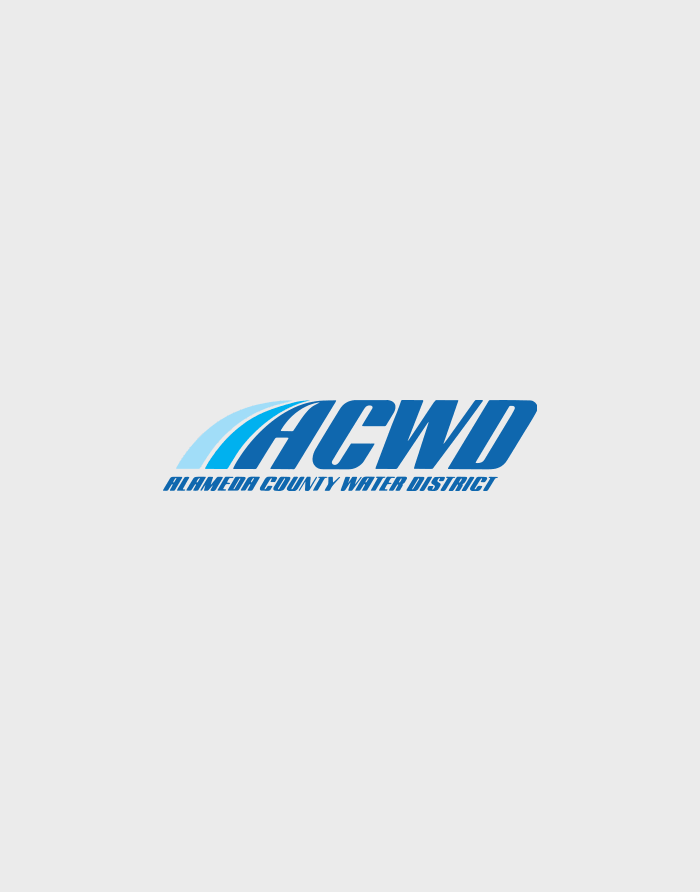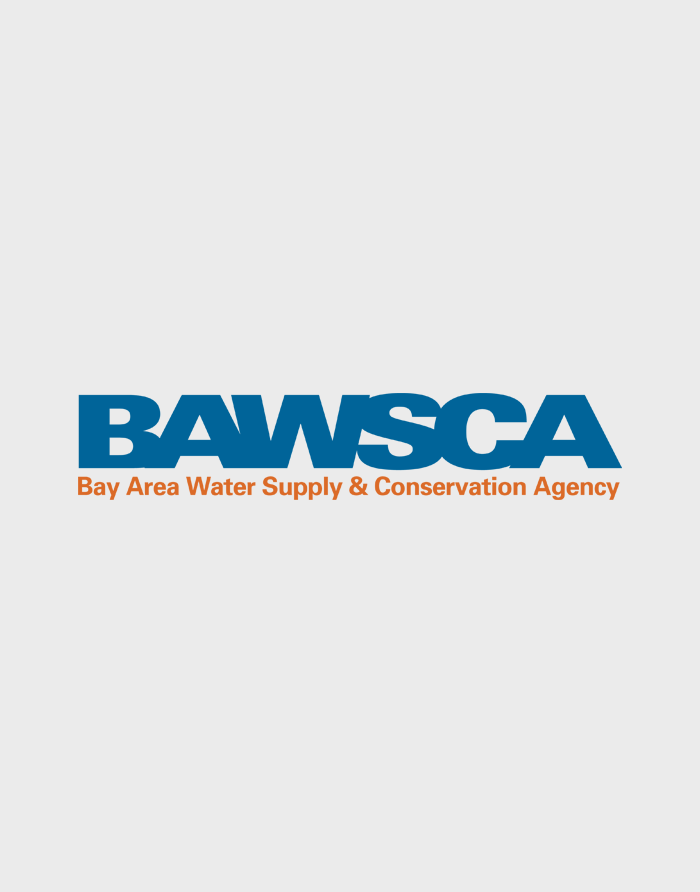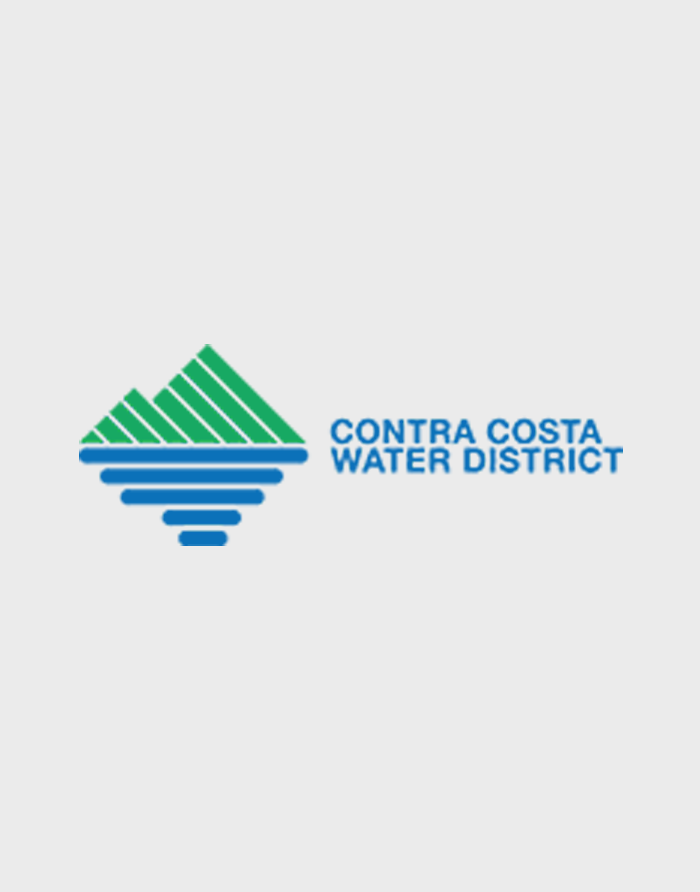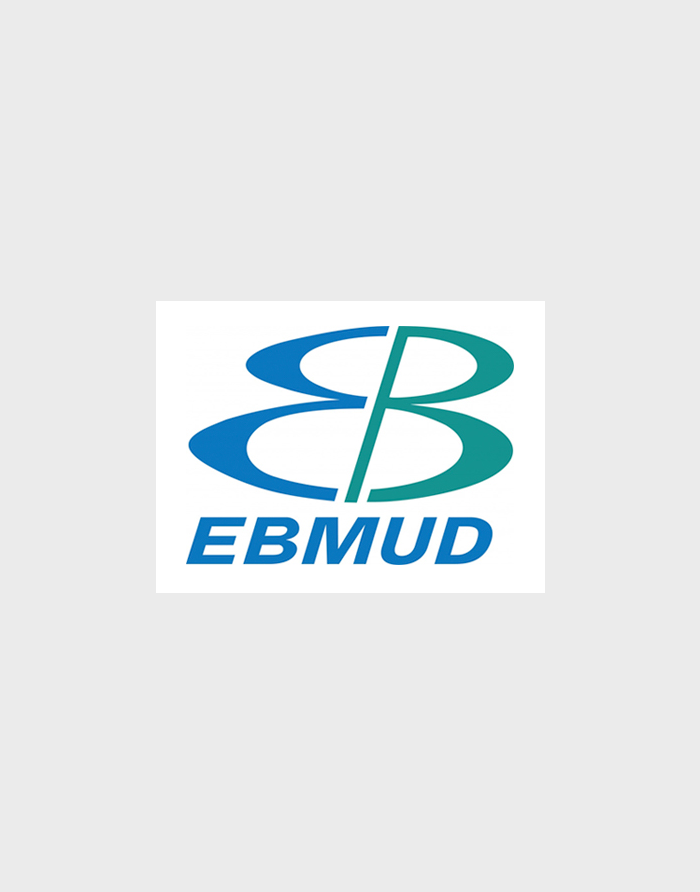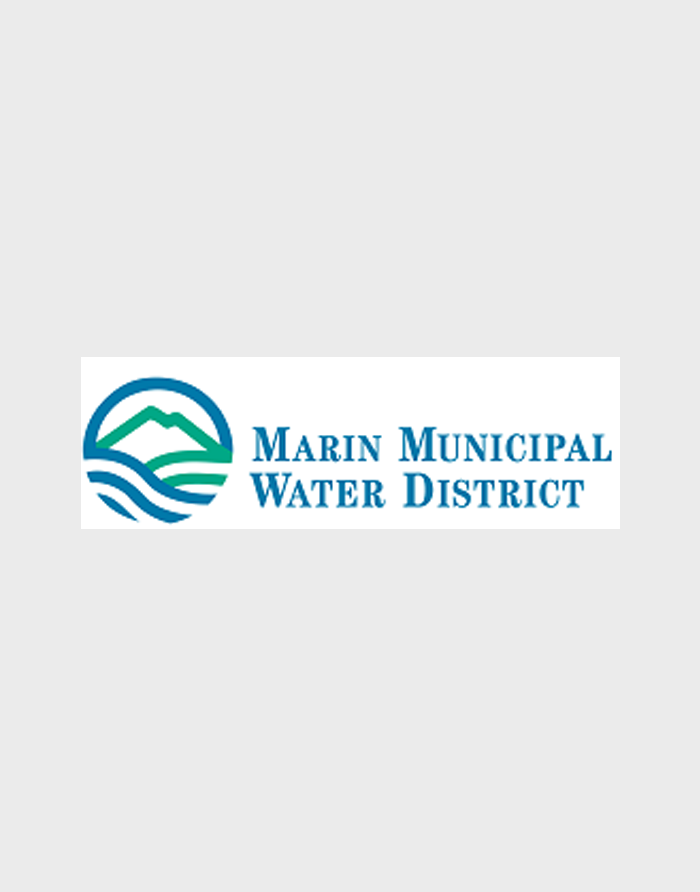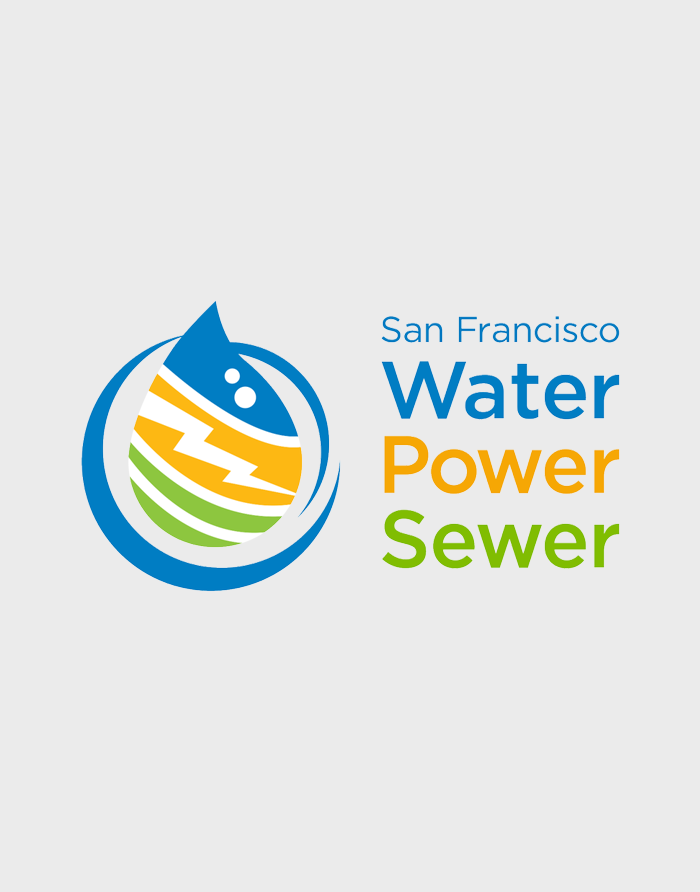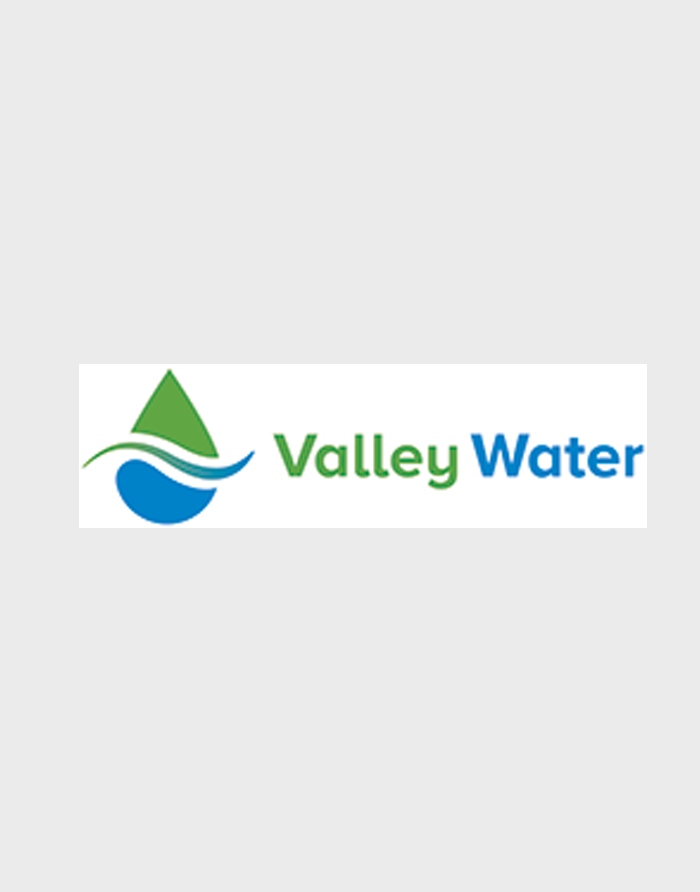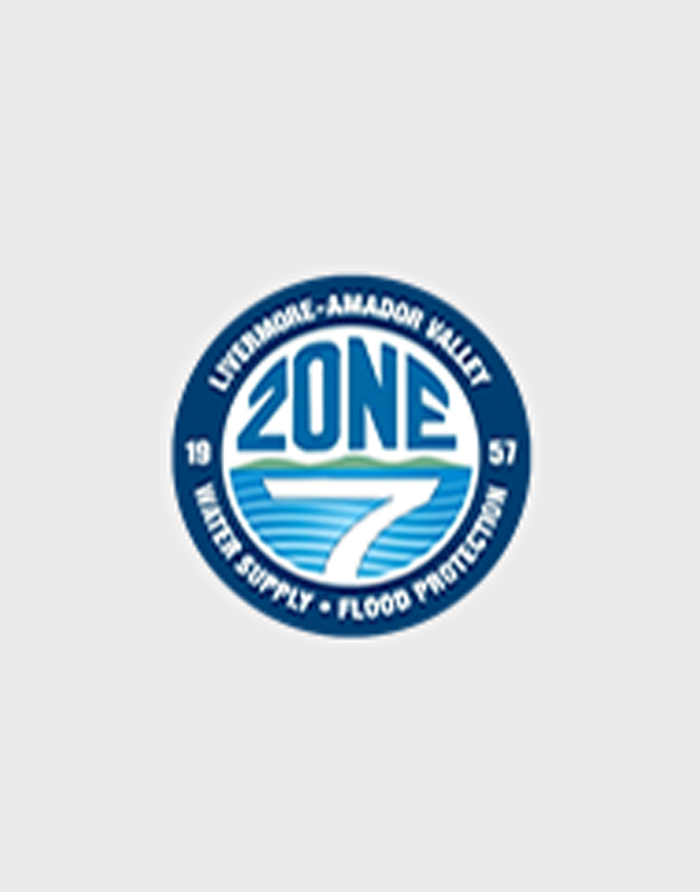BARR Drought Mitigation Measures – Project Status Updates
January 2025 (last updated)
Mitigation Measure 1: Transfer-Bethany Pipeline
Mitigation Measure 1 would connect LV Reservoir, CCWD’s intakes, and EBMUD’s intakes to the Bethany Reservoir and enable water conveyance to the South Bay Aqueduct (SBA) using a new pipeline around the east side of Mt. Diablo.
The Transfer-Bethany Pipeline is a component of the Los Vaqueros Reservoir Expansion Project which is no longer proceeding – see Mitigation Measure 7 below.
Mitigation Measure 2 and 5: Zone 7-SFPUC/EBMUD Intertie
Mitigation Measure 2 and 5 would connect EBMUD’s water delivery system to Zone 7’s system, providing potential water sharing during emergencies and transfer/exchange opportunities.
The intertie is in conceptual phase, and the next steps include discussions between Zone 7 and EBMUD/SFPUC to reach an agreement-in-principle and to proceed with a pipeline alignment study and preliminary design. A 'reliability intertie' was included in Zone 7's FY 18/19 Ten-Year Water System CIP. With external funding, this project could potentially be accelerated.
Mitigation Measure 3a: ACWD-SFPUC Intertie and Local Supply
Mitigation Measure 3a would connect ACWD’s Newark Brackish Groundwater Desalination Facility (NDF) with SFPUC’s Bay Division Pipeline to provide emergency supplies and water transfer opportunities. Note that Measure 3b is a variation of Measure 3a. If Measure 3b were constructed, all elements of Measure 3a would be included.
This project is at the conceptual level. There are no agreements in place or permits, and this project is not in the ACWD CIP. ACWD together with Union Sanitary District and SFPUC included elements of this concept as part of the Purified Water Feasibility Study.
Mitigation Measure 3b: ACWD-SFPUC Intertie and Indirect Potable Reuse (IPR)
Mitigation Measure 3b would produce local purified water to recharge the Niles Cone Groundwater Basin as a new source of supply. Measure 3b is a variation and extension of Measure 3a and includes all elements of Measure 3a, as well as IPR. IPR capacity could range from 4 mgd up to 15 mgd depending upon future demands, distribution system modifications, and facility sizing.
ACWD, SFPUC, and Union Sanitary District have completed a Purified Water Feasibility Study (PWFS) which focused on feasibility, regulatory and permitting requirements, and limnological studies at Quarry Lakes. The PWFS was completed before the development of PFAS regulations and, due to the presence of PFAS in the Niles Cone, additional facility and cost considerations will be needed for project partnership. The PWFS was also completed before the finalization of the DPR regulations and so the final DPR regulations will need to be considered in future reports. The team intends to submit the project to the Bureau of Reclamation’s Title XVI program for potential future funding at a later time. There are no agreements in place, and no permits. ACWD has this project partially funded in its CIP. However, due to the passage of Making Conservation a California Way of Life legislation and subsequent finalization of Urban Water Use Objectives (UWUO), the maximum potential yield of an IPR/DPR project will be diminished. ACWD will be re-evaluating the potential capacity of this project in 2025.
Mitigation Measure 4: West Side SFPUC-Valley Water Intertie
Mitigation Measure 4 would add a second intertie between SFPUC and SCVWD, providing potential water sharing during emergencies and transfer/exchange opportunities, including potable reuse opportunities.
Planning for the project has not yet commenced.
Mitigation Measure 6: MMWD-EBMUD Intertie
Mitigation Measure 6 would connect EBMUD’s and MMWD’s water delivery systems either with a pipeline across the Richmond-San Rafael Bridge or across the Bay’s bottom, providing potential water sharing and transfer opportunities.
This project is currently on hold as other supply alternatives are evaluated by MMWD.
Mitigation Measure 7: Los Vaqueros Reservoir Expansion
Mitigation Measure 7 would have expanded reservoir capacity and connected to the Transfer-Bethany Pipeline (Measures 1).
While the recent effort to expand Los Vaqueros Reservoir for regional water supply benefits is no longer proceeding, extensive progress was made for the planning, permitting, and design of the Los Vaqueros Expansion Project. CCWD, together with project partners, remain committed to regional collaboration and projects that benefit humans and the environment.
Mitigation Measure 8: Walnut Creek Water Treatment Plant Pretreatment Facility
Mitigation Measure 8 would allow EBMUD to treat water from the Sacramento River and other sources, enhancing EBMUD’s ability to deliver supplies to neighboring water agencies.
Commensurate for Mitigation Measure 7, this mitigation measure will no longer support a LV Reservoir source as the recent reservoir expansion project is no longer proceeding. However, Mitigation Measure 8 would treat Sacramento River and other sources that could be delivered to neighboring water agencies. Currently, EBMUD is planning to update the WCWTP in phases. Half of the WCWTP will initially be upgraded to full treatment capability, providing up to 80 MGD. A planned future phase would upgrade the other half of the WCWTP, allowing full treatment up 160 MGD, enough to meet EBMUD’s long-term needs.
Mitigation Measure 9: Regional Desalination Plant
Mitigation Measure 9 would provide a new water supply source for the region by installing a 20 mgd brackish WTP at CCWD’s Mallard Slough Pump Station.
Several agencies have expressed interest in potentially moving forward with the regional desalination project. Several studies and a pilot scale test have been conducted between 2003-2013. With external funding support, environmental review, permitting and design can be initiated. Private funds such as a P3 approach, can be leveraged in addition to public funding as options for this project.
Mitigation Measure 10: Silicon Valley Advanced Water Purification Center (SVAWPC)
Mitigation Measure 10 would expand the existing SVAWPC to provide purified water directly to regional partners or indirectly through banking/exchanges/transfers.
Valley Water continues to collaborate with the Cities of San Jose and Santa Clara in the production of advanced purified water using treated wastewater from the San Jose-Santa Clara Regional Wastewater Facility. The SVAWPC can produce up to 8 million gallons of purified water per day, which is currently blended with recycled water to improve the quality for non-potable use for use by a wider variety of customers. Since March 2014, the SVAWPC has demonstrated the effectiveness of advanced treatment technologies (microfiltration, reverse osmosis, and ultraviolet light) to produce purified water suitable for potable uses and set the stage for Valley Water to begin a potable reuse program. In addition, the SVAWPC is used to conduct engineering studies as well as testing various new technologies and provide a forum for public education and outreach for both direct and indirect portable reuse. Valley Water continues to discuss opportunities to develop potable reuse supply with its countywide project partners throughout the county.
Mitigation Measure 11: SF-Peninsula Regional PureWater (SPRP)
Mitigation Measure 11 would develop an IPR partnership for the mid-peninsula region.
The SFPUC and BAWSCA along with other non-BARR partners including Redwood City, Mid-Peninsula, Cal Water, the City of San Mateo, and Silicon Valley Clean Water are working jointly on this purified water project. SPRP could provide up to 12 mgd of purified water for potable reuse, with an initial IPR phase of 6-8 mgd being provided through reservoir water augmentation at Crystal Springs Reservoir. The second phase of the project would allow for an additional 4-6 mgd direct potable reuse through treated drinking water augmentation for local use in the Peninsula. Early studies analyzed the feasibility of treatment and distribution and provided feasible scenarios for institutional structure and costs. Additional technical and institutional analyses are underway.
Mitigation Measure 12: Tri-Valley Potable Reuse
Mitigation Measure 12 would provide a potential supplemental/alternative water supply for the Tri-Valley region (Zone 7 and its retailers), which could make water available and enable transfers and/or water marketing opportunities with other BARR partners through interties (i.e., EBMUD, SFPUC) and/or exchanges of SWP supplies in above normal/wet years).
Potable reuse is one of the alternative water supply options being considered by Zone 7. A feasibility study was completed in 2018, concluding that there are several feasible options for implementing potable reuse in the Tri-Valley. Additional studies are ongoing over the next several years to determine the need for potable reuse as a supply alternative, and to narrow down the best potable reuse option/s for the Tri-Valley. External funding will lower the unit cost of this water supply and may make it a more attractive water supply option compared to other options. The feasibility study can be found here: https://www.dropbox.com/s/pxcyajryga5j61s/potable_reuse_feasibility_study_May-2018.df?dl=0
Mitigation Measure 13: Regional Advanced Metering Infrastructure (AMI) Feasibility Assessment
Mitigation Measure 13 would assess the feasibility for potential regional AMI expansion.
All eight BARR agencies have AMI as an element of meeting future conservation goals. Some agencies are still working on the business case (e.g., replace all meters quickly versus gradually over time) while others have already established a full deployment schedule. Valley Water has made significant progress working with water retailers in Santa Clara County to advance AMI. Valley Water has four water retailers predominately using AMI, and in June 2023 finalized a new cost-sharing agreement to advance AMI in a fifth service area. In 2024, ACWD completed their 5-year AMI implementation. The SFPUC started installation of AMI in 2010, and AMI is now fully deployed for over 180,000 retail and wholesale customers. Marin Water started installation of an AMI pilot program in 2018 and is in the process of developing a system wide implementation plan. Marin Water anticipates completing full AMI implementation by 2030. EBMUD has obtained grant funding from the USBR to expand its AMI customer base in a cost-effective manner and is waiting for final environmental clearances to begin installation of additional endpoints which will triple the size of its AMI customer base. To date, EBMUD has deployed approximately 20,000 AMI units and expects to add up to an additional 40,000 units when environmental clearances are received.
Mitigation Measure 14: Del Valle Reservoir Water Supply Storage Project
Mitigation Measure 14 would modernize the flood management rules to use a greater portion of existing reservoir capacity to capture additional local supply and store additional emergency water supply while maintaining necessary flood protection.
Del Valle Reservoir Water Supply Storage Expansion Project has been expanded. The original project envisioned modernizing the flood management rules at Del Valle Reservoir to use a greater portion of existing reservoir capacity to capture additional local supply and store additional emergency water supply while maintaining necessary flood protection. Specifically, the concept included a variety of scenarios based on reoperation of the existing flood pool using forecast informed reservoir operations (FIRO). In 2018, the SBA Contractors completed a high-level evaluation of the feasibility of modernizing flood rules, expanding emergency storage, and replacing/relocating East Bay Regional Parks District (EBRPD) facilities, while also evaluating an additional project that would modify existing EBRPD facilities to accommodate lake lowering to capture more local run-off. Although the 2018 feasibility study identified substantial benefits from the original reoperation scenarios with FIRO, the workgroup recognized that the Department of Water Resources (DWR), the US Army Corps of Engineers (USACE), and other governmental bodies would need to become heavily involved to advance these concepts, and therefore recommended the lake lowering project instead. Recently, however, DWR and USACE have taken a more active role, with DWR requesting a “minor deviation” to the water control manual at Del Valle Reservoir two consecutive years since 2021. Concerns about potential flooding of EBRPD facilities, which are located within the flood zones of the reservoir, have limited these minor deviations to smaller than USACE allowable volumes. Lastly, the initial deployment of the East Bay regional X-band radar project has been completed, thanks in part to several BARR agencies, thus expanding the feasibility of FIRO implementation.
Mitigation Measure 15: Bay Area Shared Water Access Program (Previously called Regional Water Market)
Mitigation Measure 15 would establish a program for short-term interagency exchanges/transfers (specifics TBD) to enable long-term resilience and flexibility for emergency conditions or events. Measure 15 would develop a tool (a “roadmap document”) to guide future water exchanges and transfers.
This project was funded in part by a $400,000 grant from the U.S. Bureau of Reclamation which involved three pilot projects:
- Project 1a - Simulation of delivery from LVE to ACWD (exchange) and San Antonio Reservoir (direct transfer) via the SBA.
- Project 2a – Supply exchange of stored CVP supply between CCWD and Valley Water. The pilot involves CCWD first transferring 5,000 acre-feet of its CVP allocation to Valley Water in 2021, and Valley Water would potentially return the same amount of its CVP water to CCWD at a later date. Due to wet hydrological conditions and a full CVP allocation in 2023, Valley Water and CCWD have opted to exercise the “offramp” option included in the pilot project agreement wherein Valley Water paid CCWD an additional consideration of $20/acre-foot for CCWD’s services in lieu of returning the water, thus successfully concluding the pilot exchange project.
- Project 3 - Supply Exchange of CVP supply between CCWD and EBMUD.
In March 2023, a strategy report was completed that summarized the findings and lessons learned from the three pilots and with input from the Bay Area SWAP Stakeholder Task Force. The strategy report established a framework and path forward to support regional access to supplies.
Acronyms
ACWD Alameda County Water District
BAWSCA Bay Area Water Supply and Conservation Agency
CCWD Contra Costa Water District
EBMUD East Bay Municipal Utility District
MMWD Marin Municipal Water District
SFPUC San Francisco Public Utilities Commission
SWAP Shared Water Access Program
Valley Water Santa Clara Valley Water District
Zone 7 Zone 7 Water Agency
